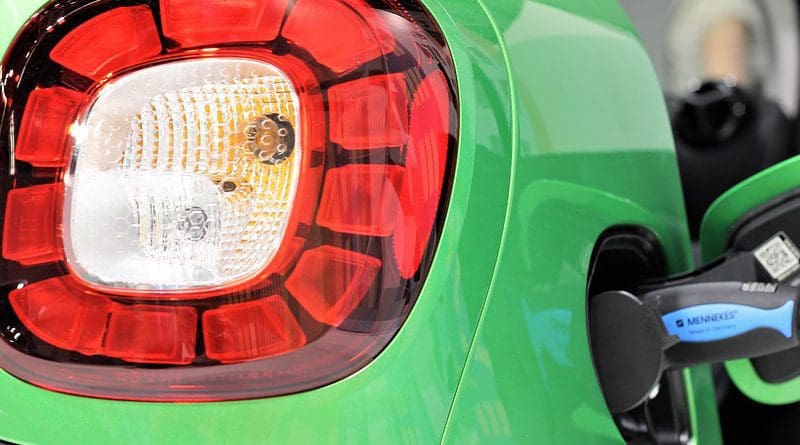Still Can’t Afford An EV? Here’s Why – OpEd
It might seem like there’s never been a better time to buy an electric vehicle.
If you go by the headlines, you might be forgiven for thinking you can afford to upgrade your old gas-guzzling sedan with a sleek new zero-emissions EV. And if you can’t, government rebates will knock thousands off the price tag, right?
Well, not necessarily.
To qualify for the ever-changing and complicated federal $7,500 rebate on EVs, you have to be rich enough to afford a new EV. (Some used models qualify, but good luck figuring out which ones — and better luck finding one that’s available).
But to qualify for the rebate, you can’t be too rich. If you’re middle-income like me, you can lease an EV, but then you don’t qualify for the rebate — your leasing company does.
EV prices have come down in recent years. But they’re still unaffordable for the majority of Americans, especially those who want to reduce their carbon footprint as well as their expenses. “Pricing is still very much the biggest barrier to electric vehicles,” according to one analyst.
Too bad consumers don’t have access to China’s new EV, the BYD Seagull, a car that test drivers in the U.S. are gushing over — and whose price tag begins at a mere $9,698. “That undercuts the average price of an American EV by more than $50,000,” reports Bloomberg.
In fact, more than 70 percent of all EVs sold globally are Chinese manufactured. You don’t have to live in China to buy one. You just have to live outside the United States, which is waging a fierce trade war with China.
Forget TikTok — it’s Chinese-made EVs that keep U.S. auto CEOs up at night.
To protect them, the Biden administration is fanning the flames of anti-China sentiment. “China is determined to dominate the future of the auto market, including by using unfair practices,” said President Biden in late February. “China’s policies could flood our market with its vehicles, posing risks to our national security.”
This undermines Biden’s own climate goals, which rely on a mass transition to EVs. On top of that, the GOP has made attacking EVs part of its new culture war. It’s no wonder EVs remain out of reach for most Americans.
Why are Chinese cars so much cheaper, more varied, and just better than American ones? It doesn’t all boil down to the cost of labor — Chinese labor costs are not as low as they used to be. China’s government has simply made EVs a massive priority.
The Chinese government “has long played an important role — propping up both the supply of EVs and the demand for them,” explains MIT’s Technology Review. Beijing has offered “generous government subsidies, tax breaks, procurement contracts, and other policy incentives.”
Instead of adopting a similarly aggressive approach, the Biden administration’s Inflation Reduction Act (IRA) created a complex series of tax credits that require all EV materials and labor to be sourced in the United States.
There are better ways to protect fair labor standards. Fresh from a major union victory in late 2023, the United Auto Workers union won job protections from the three biggest U.S. automakers for workers transitioning into the EV industry.
Vehicles are the single largest source of U.S. carbon emissions. There are many ways to reduce this pollution, including redesigning cities to be more walkable, improving the quality and cost of public transportation and trains, and encouragingbicycle transportation.
All of that will take effort, time, and resources. But the climate clock is ticking fast.
Even when accounting for the mineral extraction needed to make EV batteries, EVs have a far lower carbon footprint than gasoline-powered cars — and are perhaps the most accessible tool we have to quickly reduce our carbon impact. We just need to prioritize making them available.
- About the author: Sonali Kolhatkar is the host of “Rising Up With Sonali,” a television and radio show on Free Speech TV and Pacifica stations.
- Source: This commentary was produced by the Economy for All project at the Independent Media Institute and adapted for syndication by OtherWords.org.

